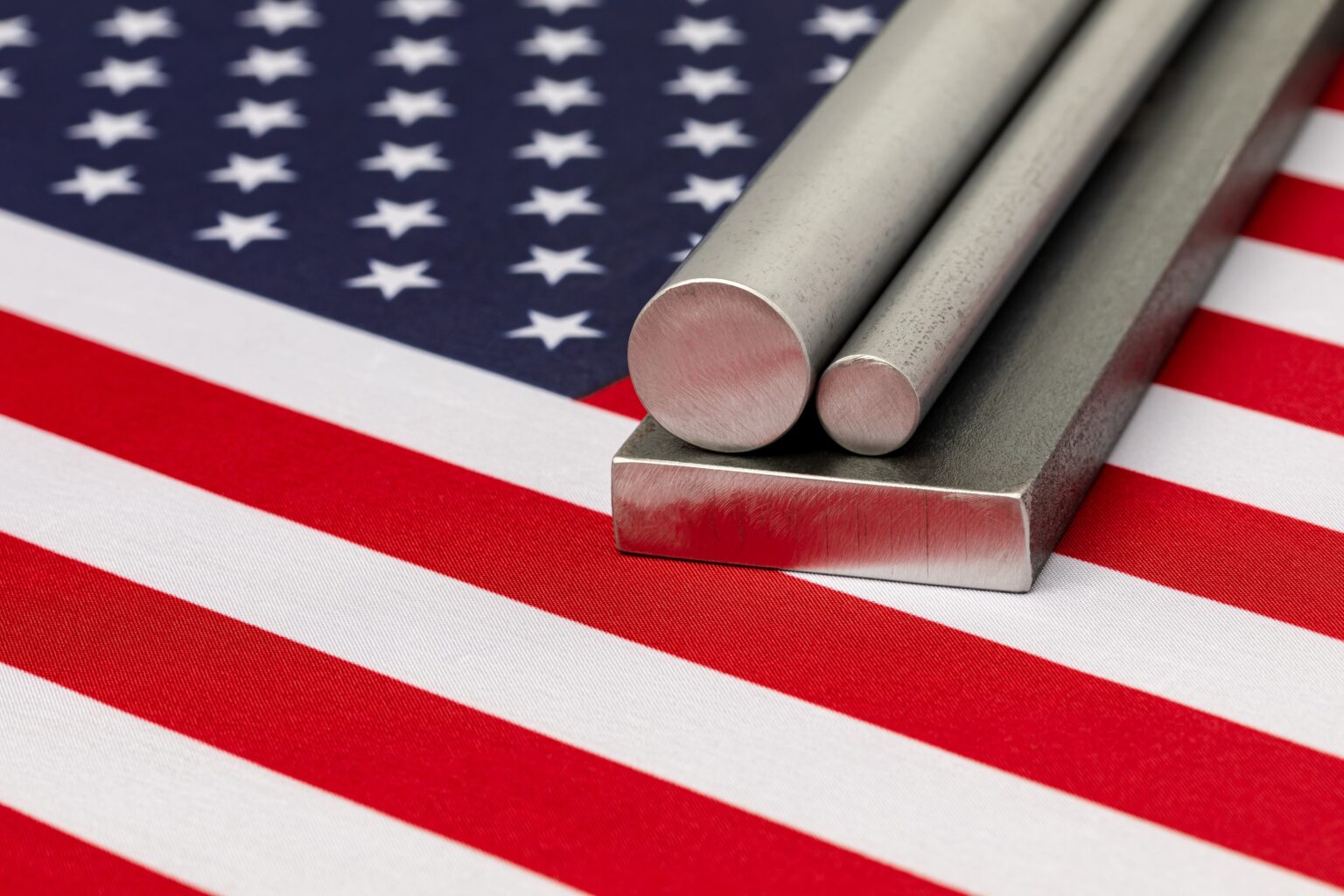The Biden administration’s recent decision to impose higher tariffs on Chinese steel and aluminum has reignited discussions across the U.S. about the potential effects on consumer prices and manufacturing. As the White House aims to support American producers and counter what it calls unfair Chinese trade practices, questions remain about how these tariffs will play out for everyday shoppers and businesses.
The new measures, announced this week, will significantly raise duties on steel and aluminum imports from China. The administration argues that these steps are necessary to protect U.S. manufacturing jobs and maintain the health of critical industries. However, economists and industry leaders are divided over whether American consumers will end up paying more for products ranging from canned goods to cars.
Industry Leaders Warn of Higher Costs for Businesses
Steel and aluminum are foundational materials for a wide range of goods in the U.S. market, from construction beams and car frames to beverage cans and household appliances. By increasing the cost of imported materials, many manufacturers worry they will be forced to raise prices for finished products.
Jeff Green, president of the National Retail Federation, stated, “When tariffs are imposed, costs go up throughout the supply chain. Ultimately, these increases often reach the consumer.” Many manufacturers echoed this sentiment, pointing out that past tariffs on metals have been linked to higher production costs and, in some cases, reduced profitability.
Some industry groups say domestic producers will benefit from reduced competition, while others worry about the broader impact on small businesses that cannot easily absorb increased costs. “We want a level playing field, but tariffs are a blunt instrument that can cause unintended consequences,” said Linda Dempsey, a spokesperson for a major U.S. manufacturing association.
Mixed Effects on Grocery and Consumer Goods Prices
One area drawing particular attention is the potential impact on grocery prices. Aluminum is widely used in food packaging, especially for canned foods and drinks. Analysts note that even small increases in the cost of aluminum can add up when multiplied across millions of products.
However, experts are divided over how much consumers will actually feel these changes at the checkout. Scott Paul, president of the Alliance for American Manufacturing, argues, “The average consumer may see a few cents added to the cost of a six-pack, but that’s a price worth paying to keep American factories running.” On the other hand, groups representing grocery stores and food manufacturers warn that price hikes—no matter how small—can quickly affect family budgets in a period of persistent inflation.
Some economists point out that the actual impact of the new tariffs may be muted if companies are able to find alternative suppliers or pass costs along in less visible ways. Nonetheless, with inflation still a top concern for many Americans, the optics of higher grocery bills are politically sensitive.
Political Calculations Ahead of the Election
With the presidential election approaching, trade policy has become a battleground issue. The Biden administration’s move to increase tariffs on Chinese metals is being cast as a show of support for U.S. workers, especially in key industrial swing states. “This administration stands with American steel and aluminum workers,” said a White House spokesperson.
Yet, critics from both major parties have raised concerns about the broader effects on the U.S. economy. Some argue that protectionist measures risk driving up costs and harming other industries, while supporters counter that robust trade enforcement is necessary for national security and economic stability.
As the new tariffs take effect, manufacturers, retailers, and consumers alike will be watching closely to see how prices evolve. The coming months will reveal whether these trade policies will bolster American industry—or if shoppers will notice a difference in their wallets.


